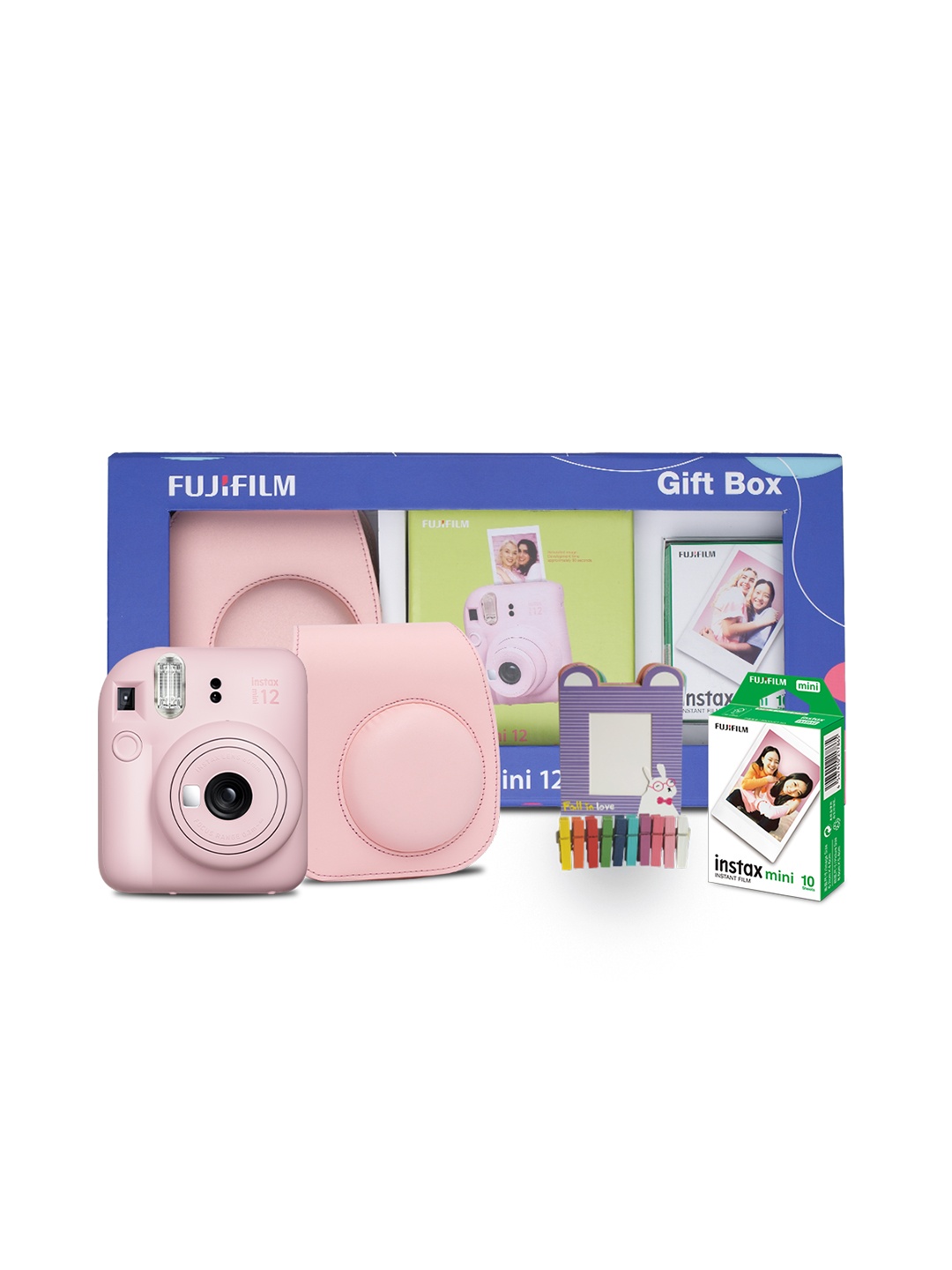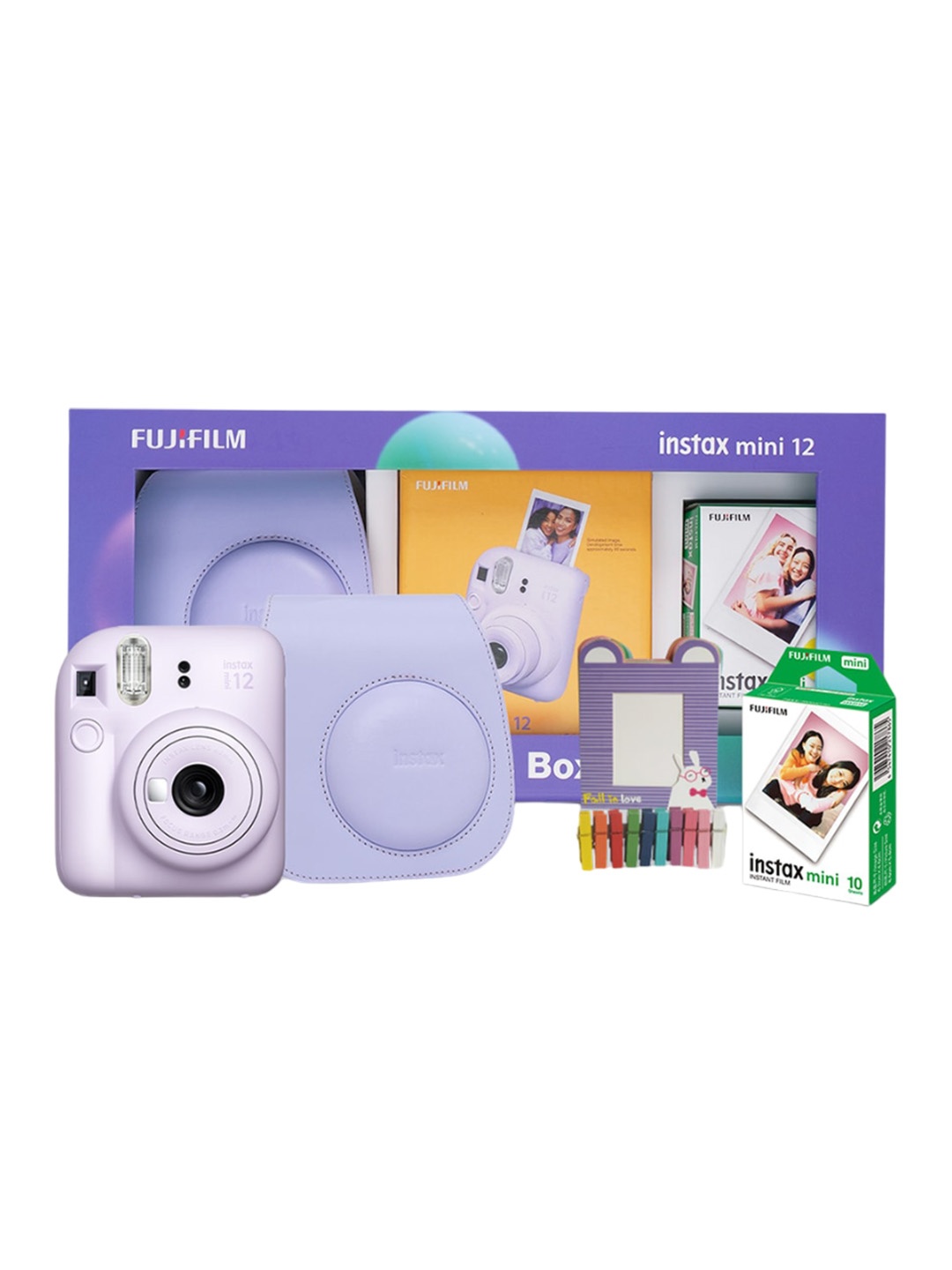The Power Of Colour: How To Use Colour Psychology In Your Home Decor And Set The Tone Of Your Space

Have you ever observed that different colours evoke different emotions in you? For example, when you see red, you feel alert, whereas when you see blue, you feel calmer. This is because colour is more than just a visual experience; it is a powerful tool of communication that can influence our moods, emotions, and even behaviours. Understanding how to use colour psychology in your home decor can transform your living space into a haven of tranquillity, a hub of creativity, or a sanctuary of relaxation. Whether refreshing a single room or redecorating your entire home, the strategic use of colour can make a significant difference.
Understanding Colour Psychology

How To Use Colour Psychology In Your Home Decor; Photo Credit: Pexels
Colour psychology is the study of how colours affect human emotions and behaviour. Different colours can evoke various feelings. For example, blue is often associated with calmness and serenity, while red is linked to energy and excitement. By understanding these associations, you can make more informed choices about your home decor.
Blue: Calm And Serene

How To Use Colour Psychology In Your Home Decor; Photo Credit: Pexels
Blue is your go-to colour to create a peaceful and relaxing environment. It's perfect for bedrooms and bathrooms where you want to unwind and escape the stresses of the day. Light shades of blue can make a room feel airy and spacious, while darker shades can add a sense of depth and sophistication.
Tip: Pair blue walls with white or neutral furniture to create a balanced and serene look. Adding natural elements like wooden accents or green plants can enhance the calming effect.
Red: Bold And Energetic
Red is a powerful colour that can stimulate energy and passion. It's an excellent choice for areas where you want to encourage social interaction, such as dining rooms and living rooms. However, because red is such a strong colour, it's best used in moderation.
Tip: Use red as an accent colour through accessories like cushions, rugs, or artwork. If you're feeling adventurous, a feature wall in a rich red can make a stunning statement.
Yellow: Cheerful And Inviting

How To Use Colour Psychology In Your Home Decor; Photo Credit: Pexels
Yellow is associated with happiness and optimism. It's a great colour for spaces where you want to create a warm and welcoming atmosphere, such as kitchens and entryways. Bright yellows can energise a room, while softer shades like butter or mustard provide warmth without being overwhelming.
Tip: Combine yellow with neutral colours like grey or white to balance its brightness. Yellow accents can also liven up a more subdued colour scheme.
Green: Fresh And Rejuvenating
Green is the colour of nature, symbolising growth and renewal. It's a versatile colour that works well in almost any room. In living rooms, green can create a refreshing and harmonious environment. In bathrooms, it can evoke a spa-like feel, promoting relaxation and rejuvenation.
Tip: Use a mix of different shades of green to add depth and interest. Incorporating natural materials like wooden furniture and houseplants can enhance the overall effect.
Purple: Luxurious And Creative

How To Use Colour Psychology In Your Home Decor; Photo Credit: Pexels
Purple is often associated with luxury and creativity. Lighter shades like lavender can bring a sense of calm and elegance to bedrooms, while deeper shades like plum can add a touch of drama and sophistication to living spaces. Purple can also stimulate creativity, making it a good choice for home offices or creative studios.
Tip: Balance bold purples with neutral tones to avoid overwhelming the space. Adding metallic accents like gold or silver can enhance the luxurious feel.
Neutral Colours: Versatile And Timeless
Neutral colours like white, grey, and beige are incredibly versatile and can be used to create a variety of moods. They provide a perfect backdrop that allows you to easily change the look of a room with different accessories and accents.
- White: Clean and simple, it can make a space feel open and airy.
- Grey: Sophisticated and modern, it pairs well with almost any other colour.
- Beige: Warm and inviting, it creates a cosy and comfortable atmosphere.
Tip: Layer different shades and textures of neutrals to add depth and interest to a room. This can be achieved through fabrics, rugs, and decorative items.
Combining Colours For Maximum Impact

How To Use Colour Psychology In Your Home Decor; Photo Credit: Pexels
While understanding individual colours is important, the real power of colour psychology lies in how you combine them. Here are a few strategies for creating effective colour combinations:
- Monochromatic Scheme: This involves using different shades of the same colour. It creates a cohesive and harmonious look that's easy on the eyes.
- Analogous Scheme: This uses colours that are next to each other on the colour wheel, such as blue and green or red and orange. It's a great way to add variety without losing harmony.
- Complementary Scheme: This involves using colours that are opposite each other on the colour wheel, such as blue and orange or red and green. This creates a vibrant and dynamic look.
Practical Tips For Using Colour In Your Home

How To Use Colour Psychology In Your Home Decor; Photo Credit: Pexels
- Start Small: If you're new to using bold colours, start with smaller spaces like bathrooms or hallways. This allows you to experiment without feeling overwhelmed.
- Use Colour In Accessories: If you're hesitant to paint walls in bold colours, use accessories like cushions, throws, and artwork to introduce colour. These can be easily changed if you want a new look.
- Consider Lighting: Natural and artificial lighting can affect how colours look in a room. Test paint samples at different times of the day to see how they change.
- Balance Bold With Neutral: To avoid overwhelming a space, balance bold colours with neutral tones. This creates a more sophisticated and balanced look.
- Reflect Your Personality: Ultimately, your home should reflect your style and preferences. Choose colours that make you feel happy and comfortable.
The power of colour in home decor is undeniable. By understanding and applying the principles of colour psychology, you can create spaces that not only look beautiful but also enhance your well-being. Whether you're aiming for a tranquil retreat, an energetic hub, or a luxurious sanctuary, the right colours can make all the difference. So, next time you're planning a decor project, consider the psychological impact of your colour choices. Your home is not just a place to live—it's a reflection of who you are and how you want to feel.


























